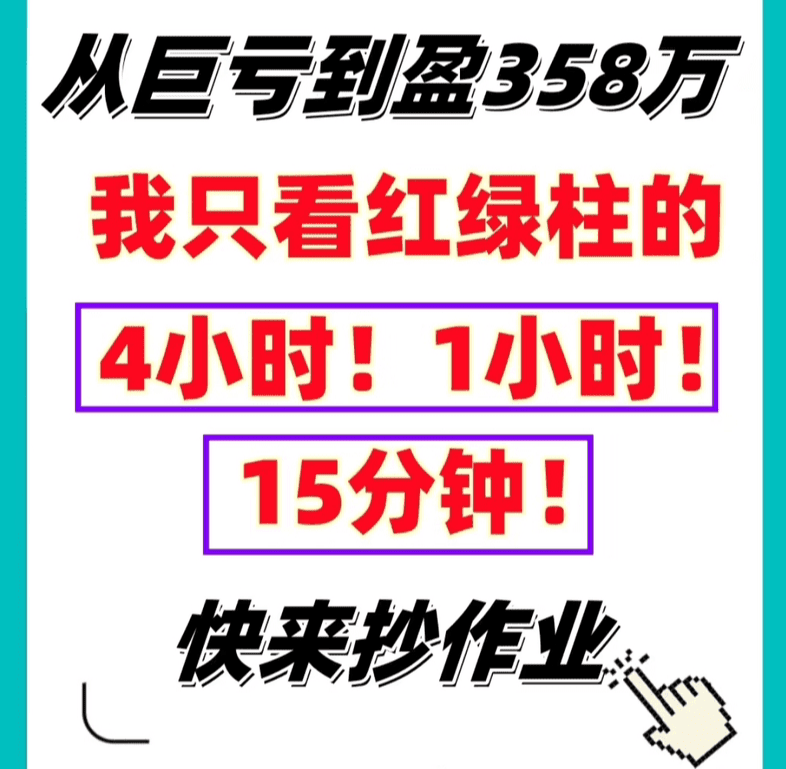
In the cryptocurrency market for 10 years, I once only focused on the 1-minute line, my heart racing frequently, always worried about gains and losses, often buying high/selling low. Later I met a technical expert who pointed out that it was actually that simple; our problem was focusing on just one time frame. Today, I will talk about my commonly used multi-time frame K line trading method, which involves three simple steps: grasping direction, finding points, and timing.
One, 4-hour K line: determines the major direction for going long or short
This time frame is long enough to filter out short-term noise, clearly revealing the trend:
• Upward trend: high points and low points rise together → buy on dips
• Downward trend: high points and low points drop together → sell on rebounds
• Range-bound fluctuations: prices repeat within a box, which can easily lead to losses, frequent trading is not recommended
Remember this: following the trend increases win rate, going against it will only lead to losses
Two, 1-hour K line: used to delineate ranges and find key levels
Once the major trend is confirmed, the 1-hour chart can help you find support/resistance:
• Approaching trend lines, moving averages, and previous lows are potential entry points
• Approaching previous highs, important resistance levels, or when top patterns appear, consider taking profits or reducing positions
Three, 15-minute K line: only make the 'boarding action' later
This period is specifically for finding entry opportunities, not for trend analysis:
• Wait for a small time frame reversal signal (engulfing, bottom divergence, golden cross) at key price levels before taking action
• When volume is released, breaks are credible; otherwise, false moves are easy
How to coordinate multiple time frames?
1. First determine the direction: use the 4-hour chart to decide whether to go long or short
2. Find the entry zone: use the 1-hour chart to outline support or resistance areas
3. Precise entry: use the 15-minute chart to find signals for the final push
A few additional points:
• If multiple time frames show conflicting directions, it is better to stay in cash and observe, rather than take uncertain trades
• Small time frame fluctuations are fast, requiring stop losses to prevent being repeatedly stopped out
• Combining trend, position, and timing effectively is much better than blindly guessing at the chart
I have been using this multi-time frame K line method for over 6 years, and it is the basic configuration for stable output. Whether you can use it well depends on whether you are willing to look at more charts and summarize more.
I am an old trader who only does live trading, the team still has positions to enter quickly



